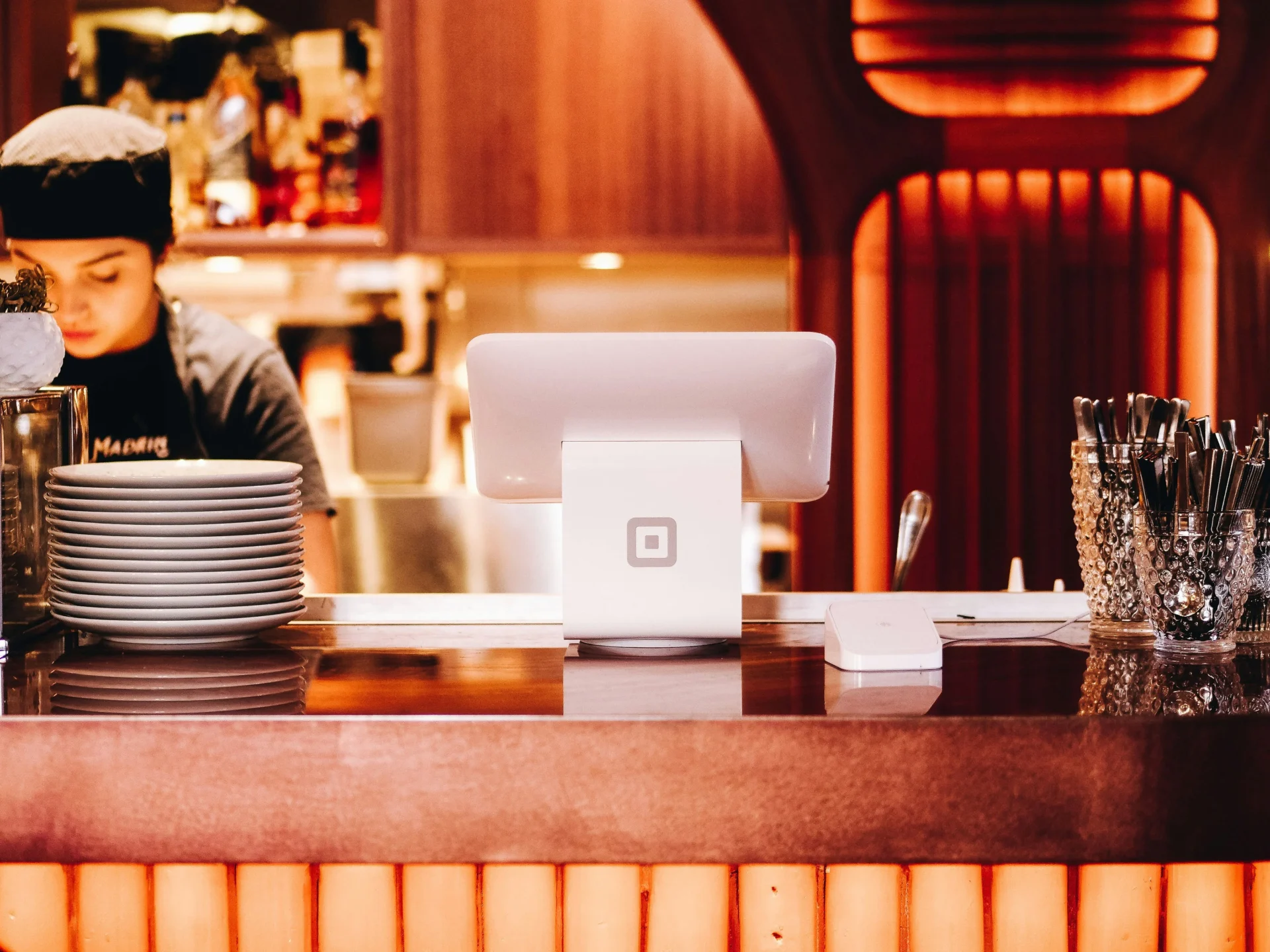Opening a restaurant is more than just serving food. It is about creating an experience that people remember and want to share. In today’s fast-paced and digital-first world, knowing how to market a new restaurant effectively can mean the difference between a packed dining room and a quiet, struggling kitchen. From the very first announcement to your grand opening and beyond, every marketing move should be intentional, data-informed, and customer-centered. Whether you are working with a tight budget or aiming for a full launch campaign, visibility is everything. Understanding how consumers find restaurants today, mostly online and often through search and social, means your strategy must be built for those discovery patterns.
While traditional advertising still holds a place, it is digital marketing and local engagement that set the foundation for modern restaurant success. Diners no longer rely on word of mouth alone. They check Google Maps, browse Instagram photos, read reviews, and watch short videos to decide where to eat. That means your brand needs to show up, stand out, and stay consistent across all touchpoints. In this guide, we will explore the real-world answers to the most important questions about how to market a new restaurant.
Creating Momentum in the First 90 Days
The first three months after opening are crucial for shaping your reputation and generating word-of-mouth interest. Restaurant owners who understand how to market a new restaurant from the beginning focus not just on promotions but on building relationships. Your brand story, food quality, service consistency, and visual identity must all align to create a cohesive experience that is worth sharing. From day one, make sure your website is live, mobile-friendly, and optimized for local searches. This is where most digital discovery begins. At the same time, claim your Google Business Profile and upload photos that reflect your menu and ambiance. Invite trusted friends, family, or influencers for a soft opening to build buzz and generate early reviews.
Beyond visibility, it is important to make your restaurant part of the community from the start. Handwritten notes to neighbors, behind-the-scenes Instagram Stories, or a local press mention can all build familiarity before people step through the door. These small yet powerful actions establish goodwill and curiosity. If possible, align your launch with a local event or weekend when foot traffic is higher. Use the first few weeks to test promotions and track what works best. Whether it is a happy hour special, social media giveaway, or loyalty card, this trial phase helps you build data that can inform future campaigns. By implementing these restaurant marketing strategies, businesses can adjust quickly and build momentum that lasts beyond the opening month with support from
New restaurant owners often underestimate how quickly impressions form. Visitors might share their experience on social media or leave a review after just one visit, which then influences others deciding where to eat. That is why investing time and creativity into your opening strategy is essential. Think of the first 90 days as your audition to the local audience. It is your chance to set expectations, delight diners, and start growing a loyal base. Every food and beverage marketing action should reflect your brand values and deliver consistency across online and offline channels. A strong start does not guarantee long-term success, but it dramatically improves your odds.
Building Visibility With Local Search and Google Maps
Getting listed on Google Maps is not optional. It is foundational. When people search phrases like “best tacos near me” or “cozy cafes in [your city],” it is your Google Business Profile that can place your restaurant in front of them instantly. To improve visibility, you can also apply Local SEO for restaurants to make sure your business name, hours, phone number, and website are accurate and consistent across platforms. Upload quality photos of your dishes, dining area, and staff in action. These visuals help diners decide if your spot fits their vibe, especially for casual, special-occasion, or family dining.
Google uses signals like review frequency, photo updates, and keyword relevance to rank local listings. That means descriptions and updates should include terms like your cuisine, neighborhood, and offerings. For example, embedding keywords related to SEO for food and beverage into your site content and alt tags further strengthens visibility. These optimizations help your business appear in AI-driven search results. People are asking conversational queries such as “where’s a good sushi place open now,” and your listing needs to match those phrases. Every detail such as open hours, parking info, or your dress code can impact how easily customers choose your place over others.
Restaurants that update their listings frequently stay top-of-mind and top-of-search. Regular posts on your Google profile can highlight new menu items, upcoming events, or chef’s specials. These small updates act like mini ads that cost nothing but provide ongoing visibility. Platforms like Yelp and OpenTable can further expand your digital footprint. Investing in tools such as Google Ads for restaurants can also improve exposure for branded keywords and high-intent searches. These tools work together to ensure your restaurant appears wherever people are searching. Ultimately, visibility drives discovery, and discovery leads to growth.
Establishing a Strong Social Media Presence
A strong social media presence helps new restaurants build recognition and community even before they open. Platforms like Instagram and TikTok give potential customers a visual experience of your food, your vibe, and your story. Restaurants that understand how to market a new restaurant use these channels not just for promotion but for connection. Sharing behind-the-scenes clips of menu creation, staff training, or interior design helps humanize your brand. These platforms are also vital for implementing effective social media marketing for food brands because they allow for creative engagement and brand building. Use captions to tell micro-stories and invite conversation that leads to customer loyalty. The more relatable and engaging your content is, the more likely it will be saved and shared.
Choosing the right platform matters just as much as the content itself. TikTok favors energetic, short-form videos that give viewers a taste of your restaurant’s personality. Instagram showcases aesthetic dishes, cozy corners, and customer tags that build credibility and community. A well-maintained Facebook page is useful for updates, reservations, and showcasing events. As your content develops, it should also reflect your food brand strategy and the values your restaurant represents. Paid ads can increase reach, but organic growth through high-quality posts and authentic engagement has stronger long-term value. Adding highlights like behind-the-scenes tours or chef Q&As keeps your feed dynamic and useful. Restaurants that treat social as a storytelling platform outperform those who only use it for promotions.
Social media also acts as a two-way feedback loop. It gives insight into what excites your audience and what they care about most. When users ask questions, leave comments, or make suggestions, these interactions should be addressed promptly and respectfully. Responding to feedback can shape your evolving menu and improve guest experiences. Some restaurants share images submitted by customers as part of their food photography marketing strategy, which not only strengthens connection but also fills your feed with authentic visuals. This kind of sharing builds community pride and boosts your restaurant’s exposure. Ultimately, social media is one of the most affordable and flexible tools available when deciding how to market a new restaurant in a way that feels personal and powerful.

Generating Buzz Before Opening Day
Generating pre-opening excitement is a key milestone in launching a new restaurant. While having everything operational is important, buzz should start long before the first plate is served. Restaurants that know how to market a new restaurant well use teasers, countdowns, and community involvement to create anticipation. Sharing updates like signage going up, staff onboarding, or new dish reveals gives people a reason to follow your journey. When integrated with a broader campaign, these updates can build credibility and align with a full-service restaurant marketing agency approach. Reach out to local food bloggers and media outlets with a compelling story and visuals. Offering early-bird reservations or exclusive soft openings to your email list helps you build early loyalty.
Collaborating with nearby businesses can also spark local attention. For example, a pop-up or tasting event held at a popular local venue can introduce your brand to a built-in audience. Hosting a giveaway with a free dinner or merchandise in exchange for tags and shares is another proven tactic. Use printed materials and street signage in high-traffic areas to keep awareness high. A clear countdown to launch date posted both online and in-store builds urgency and curiosity. The more often people see and hear about your upcoming opening, the more likely they will remember your name.
Timing your opening buzz is just as important as how you execute it. Your teaser campaign should begin four to six weeks before launch. Make use of email, social, press, and in-person channels so you reach different audience types in multiple ways. The goal is to have people talking about your restaurant before it even opens. When that happens, your opening day becomes an event, not just a soft launch. This level of anticipation is common in brands using an integrated food and drink advertising strategy to connect every piece of their marketing. When your first day finally arrives, the energy will feel earned rather than forced. That excitement sets the stage for strong first impressions.
Creating Loyalty That Lasts
Loyalty programs are more than just punch cards or discounts. They are strategic tools that new restaurants can use to foster repeat visits and build long-term brand relationships. Restaurants that understand how to market a new restaurant use loyalty to build community, gather insights, and reward the most engaged guests. Options include app-based programs, QR code scanners, or text-to-redeem offers. Loyalty data helps identify customer frequency, preferences, and time-based habits, which are key for long-term food and beverage strategy consulting. With this data, restaurants can design offers that fit how and when people dine. It becomes easier to target promotions during slow hours or highlight trending menu items.
Loyalty programs also support emotional connection and customer satisfaction. Offering surprises like birthday desserts or early access to new menu items makes customers feel special. Personalization is becoming a central part of digital marketing for food and beverage, where loyalty is not just tracked but customized. Loyalty systems also improve referral potential because happy customers are more likely to share their experiences. Restaurants can offer points for social engagement, reviews, or bringing in a friend. This tactic connects directly to increasing visibility without heavy ad spending. A good loyalty program turns first-timers into brand advocates.
Over time, loyalty becomes a marketing channel of its own. Restaurants can use email or SMS marketing to update customers on events, specials, and limited offers. These personalized messages often outperform standard ads because they feel exclusive and timely. When combined with a full food marketing services approach, loyalty becomes part of your growth engine. Tracking which messages perform best allows you to adapt and improve each campaign. The result is a sustainable loop of discovery, engagement, and retention. The restaurants that win are the ones who keep showing up for their regulars while welcoming in new guests with the same energy.
Avoiding Common Marketing Pitfalls
Even with the best intentions, many new restaurant owners make marketing mistakes that slow growth or waste resources. One of the most common is launching without a clear digital foundation. A website that is not mobile-friendly, missing contact details, or lacking a menu can frustrate potential customers. Another mistake is ignoring online reviews or failing to respond to negative feedback. When customers see silence, they assume the business is either disorganized or unbothered. A slow or inconsistent social media presence is also damaging, especially when diners rely on platforms for discovery. This is why understanding the basics of social media advertising for restaurants can help you stay visible and responsive from day one.
Another pitfall is trying to do too much at once without focus. Buying ads across several platforms without knowing where your audience spends time can burn through your budget quickly. Instead, track small experiments and scale what performs. It is also easy to rely too heavily on discounts, which can train customers to only visit when there is a deal. Strategic offers work best when they have clear goals and time limits. Additionally, new restaurants sometimes overlook branding consistency. If your signage, menus, social pages, and tone do not align, customers get confused about who you are and what to expect. Building a strong digital marketing strategy for restaurants keeps your identity aligned across every touchpoint.
Finally, failing to track and measure marketing results leads to blind spots. Without understanding which tactics drive traffic, engagement, or sales, restaurants keep guessing instead of growing. Tools like Google Analytics, Meta Business Suite, and email open rates offer critical insights into behavior patterns. Reviewing this data monthly helps you refine content, improve targeting, and adjust your messaging. Successful marketing is a cycle of action, analysis, and adjustment. Restaurants that learn from their missteps, or better yet, avoid them entirely, are positioned to thrive. Avoiding these common traps strengthens your ability to compete and reinforces your commitment to a thoughtful, customer-first brand.
Final Thoughts
Marketing a new restaurant is not a one-time event. It is a continuous process that blends digital visibility, in-person experiences, and strategic communication. Understanding how to market a new restaurant requires building on proven frameworks like marketing strategy for online food business while staying flexible in real time. Whether you’re launching a casual eatery or an upscale bistro, your long-term strategy should reflect current trends in food and beverage, especially those that drive consumer behavior. Great marketing starts with listening to your community and evolving based on what matters most to them.
If you are ready to build a powerful presence that brings people in and keeps them coming back, working with a digital marketing agency in New York like fishbat can help. With over 10 years of experience, we understand what makes a restaurant brand stand out in a crowded market. You can learn more about our team and approach by visiting our About page, or reach out for a free consultation. Call us at 855-347-4228 or email hello@fishbat.com to connect with a specialist. We’ll help you navigate each step of the process, from early planning to campaign optimization. Whether you’re just opening or refining your brand, a strong foundation in digital marketing for restaurants will make the difference.


